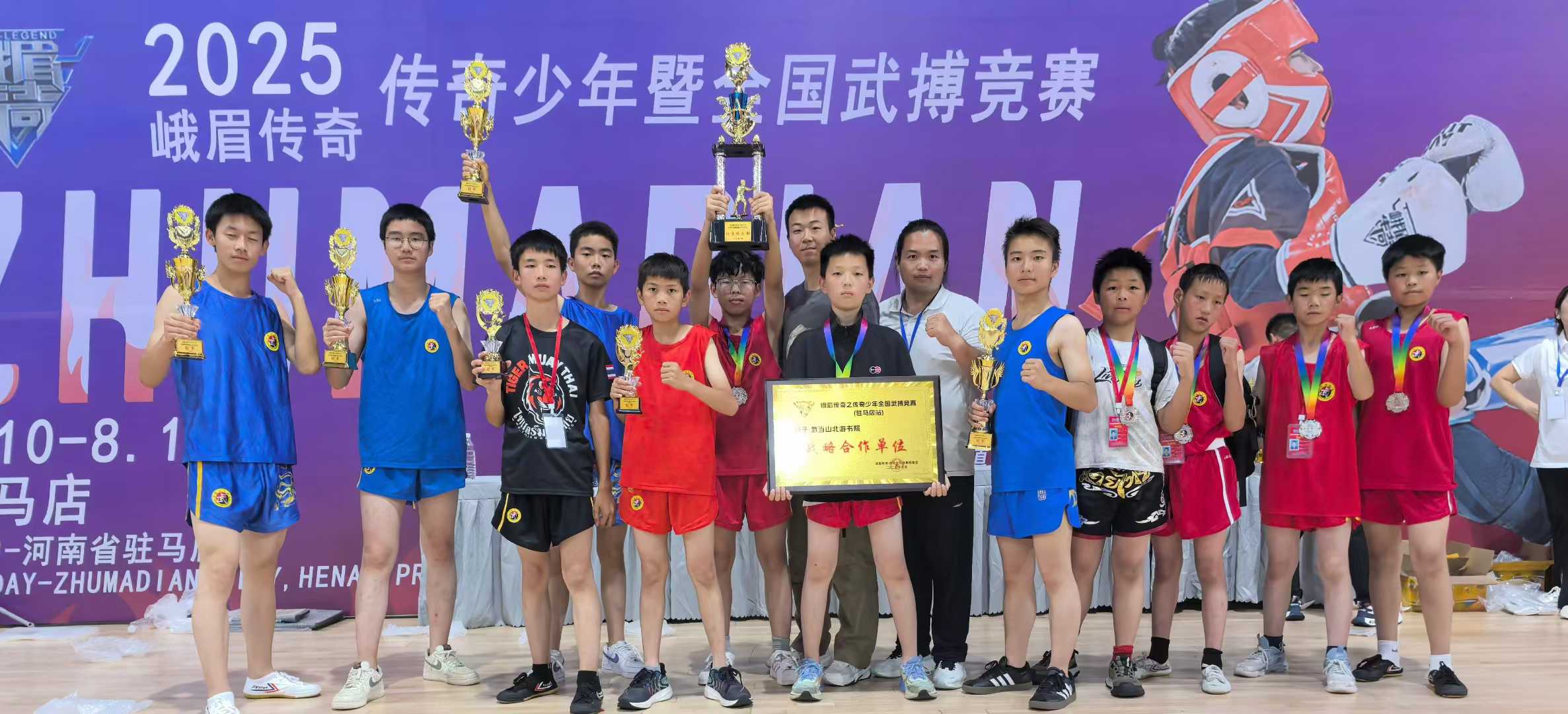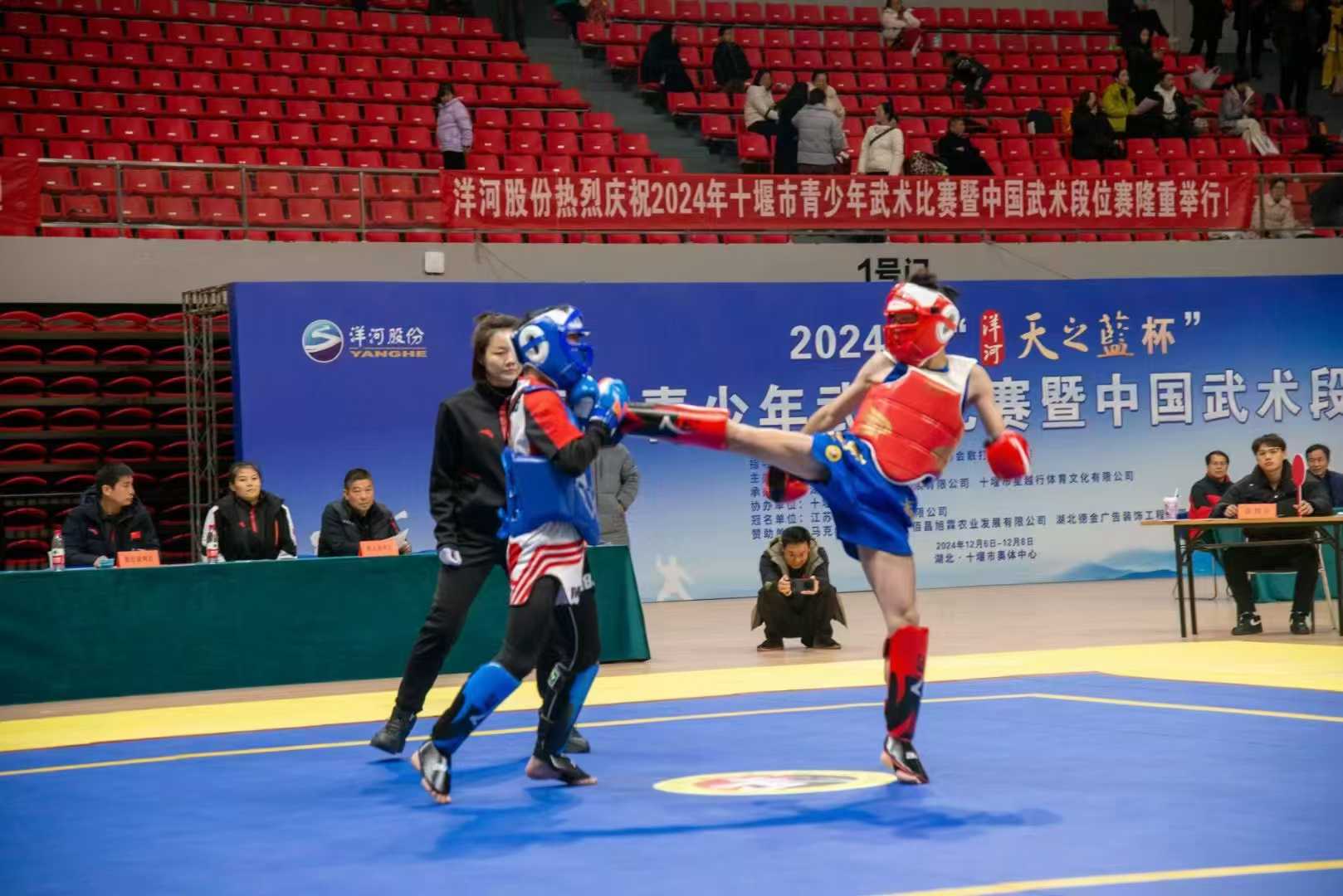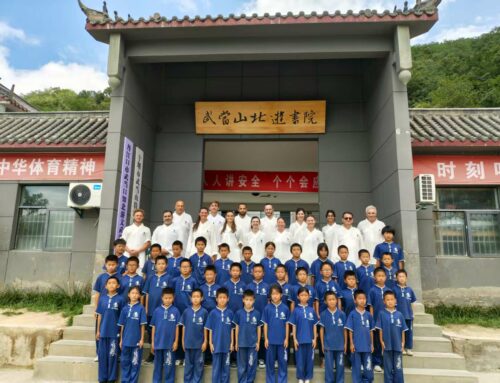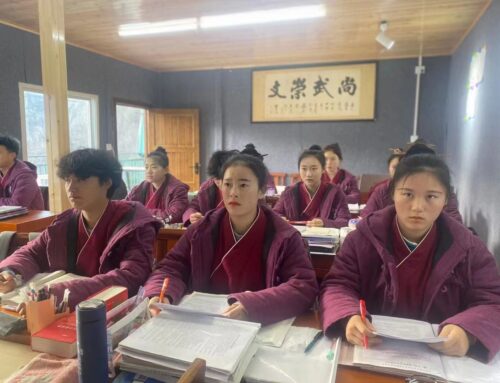Tao and Sanda Training in Wudang: From Forms to Realistic Combat
A Complete Approach to Martial Arts in Wudang
At Wudang Shaolin Dream, we chose to return to the roots of Chinese martial arts by offering a complete and balanced training. For over twenty years, martial arts in China have been split: on one side, combat with Sanda, and on the other, the aesthetic and technical aspects of Taos. Students were soon required to choose one path or the other, leading to strong specialization: some mastered forms perfectly but had little combat experience, while others specialized in Sanda but lacked technical finesse and full-body control.
At Wudang, we wanted to break this separation. During the first years of our students’ training, we maintain a precise balance: 50% practice of Taos and 50% practice of Sanda. This approach forms well-rounded practitioners capable of combining power, technique, and energy control.
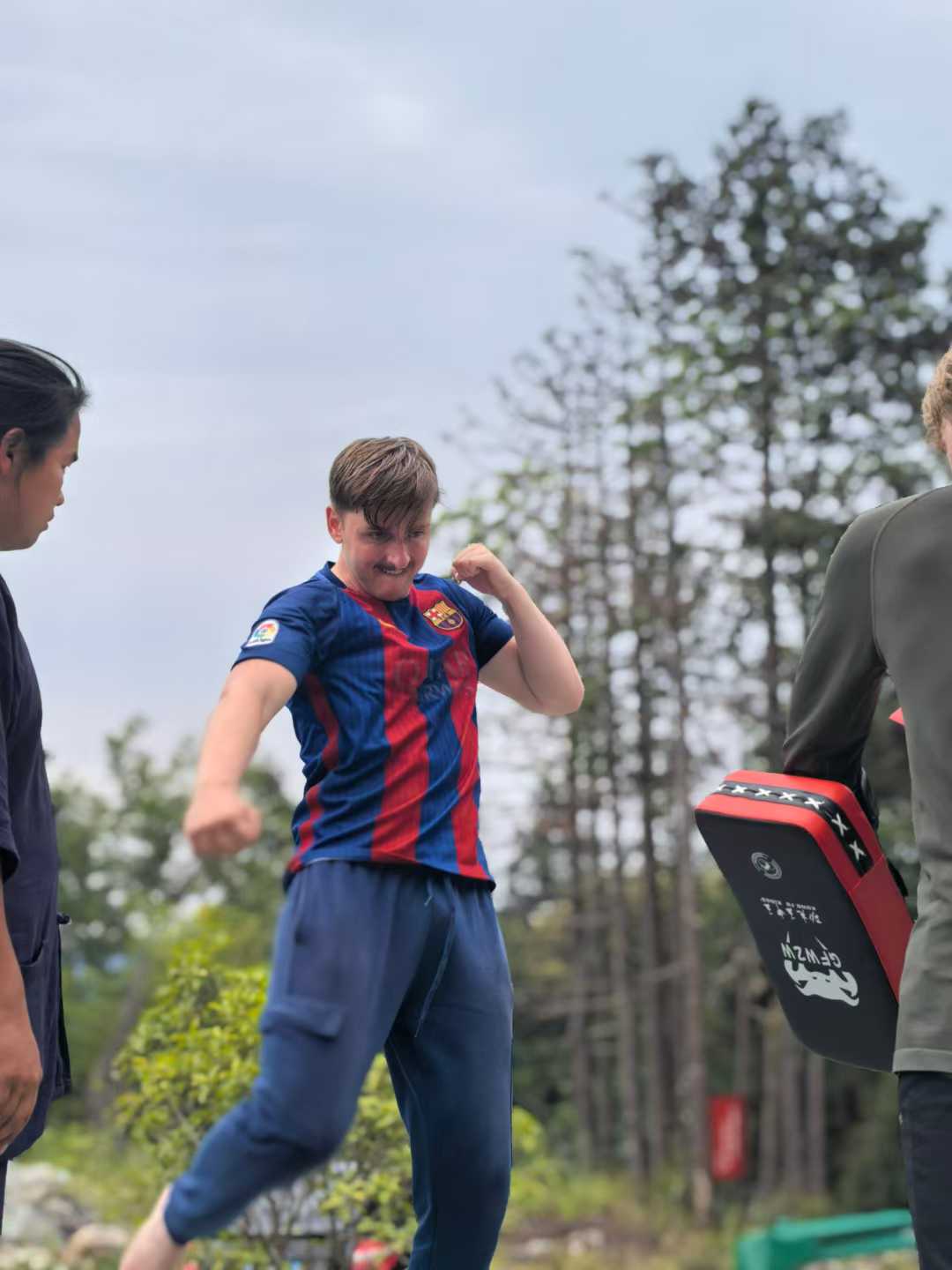
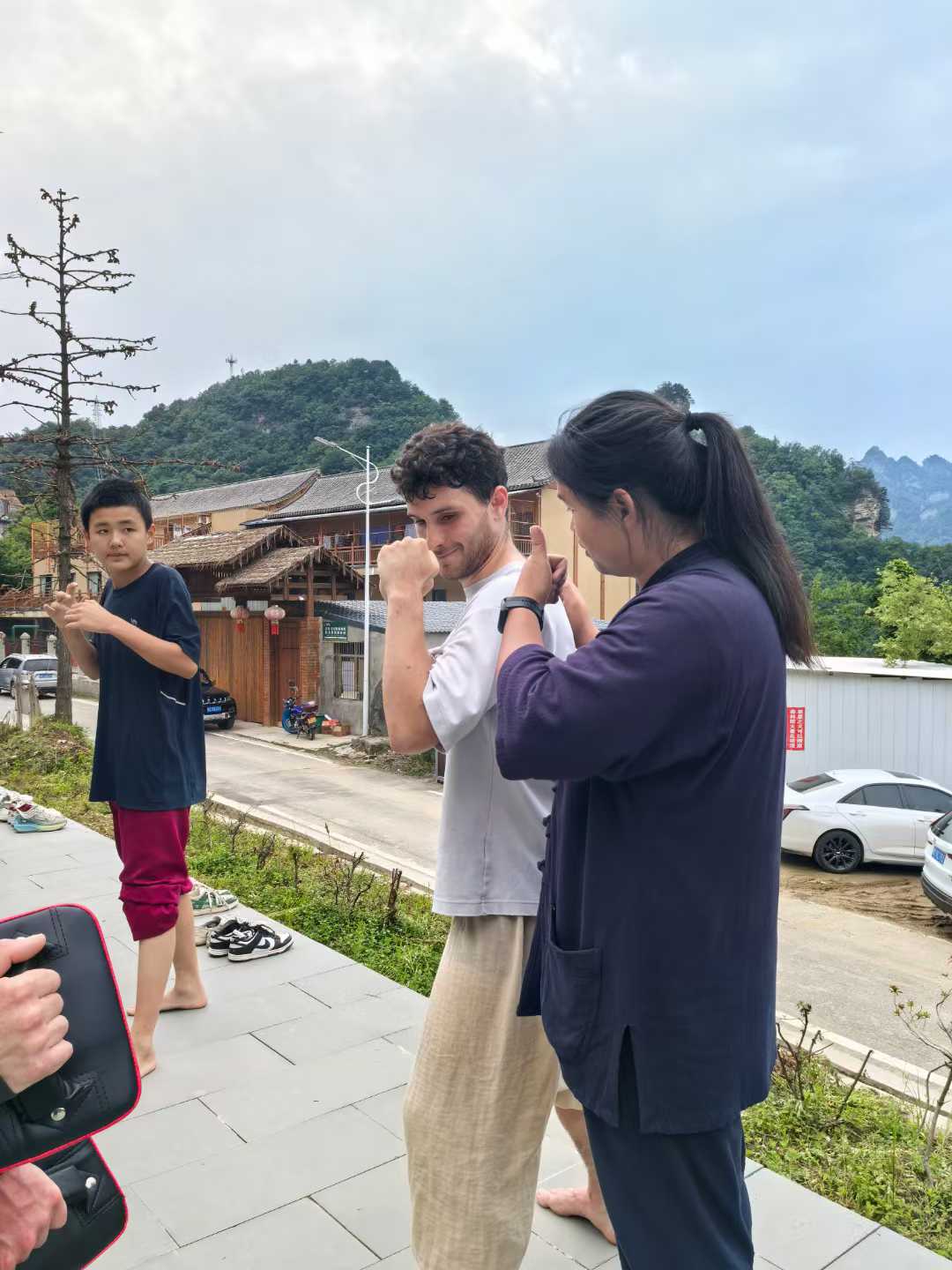
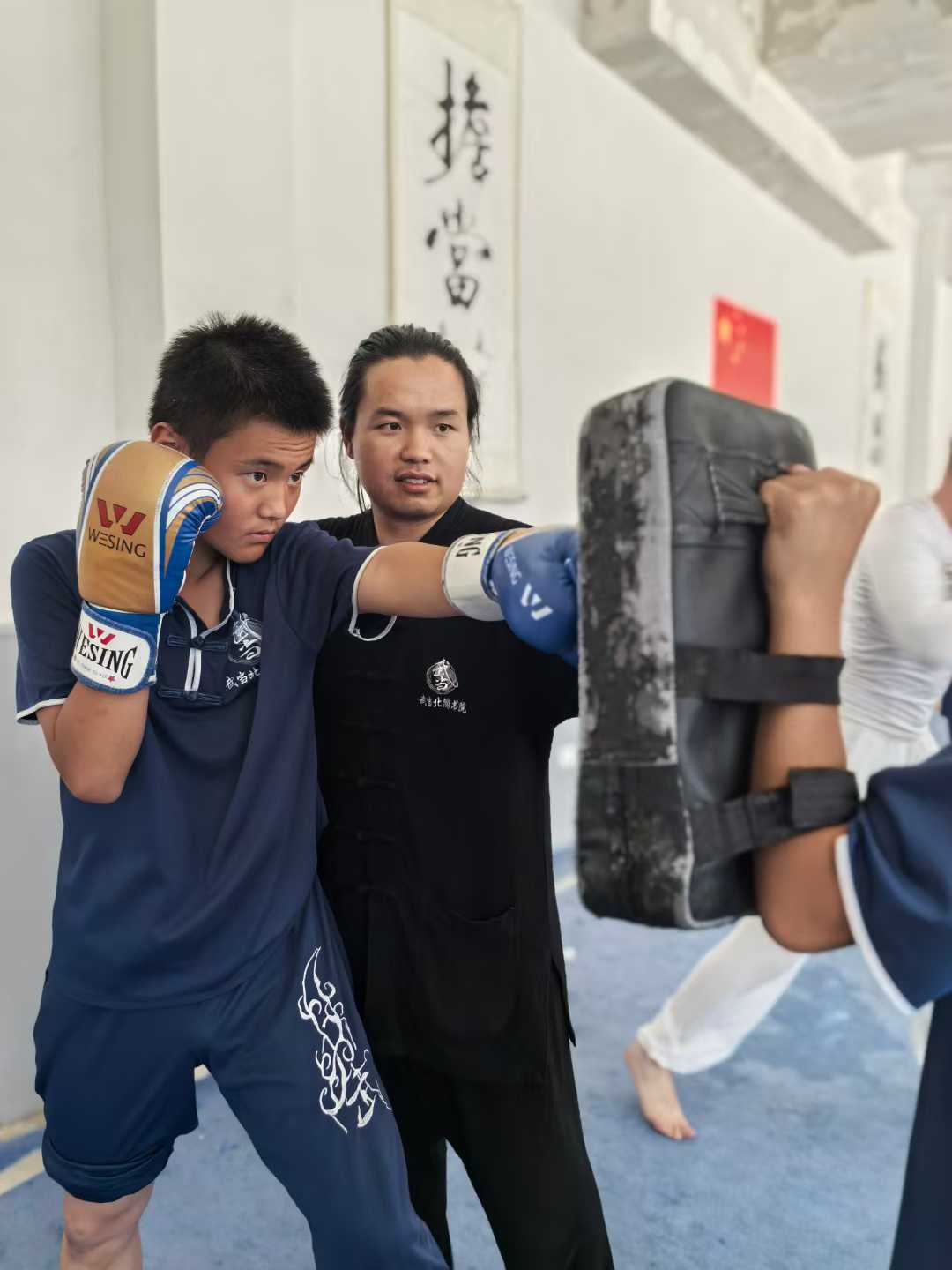
The Complementarity of Tao and Sanda
Taos and Sanda feed each other. Taos develop precision, balance, and coordination, allowing students to understand how each movement connects within a fluid and controlled sequence.
Sanda, on the other hand, brings students closer to realistic combat, while remaining a structured sport. This practice helps to understand the physical mechanics of attack and defense: timing, distance, body positioning, and anticipation. With advanced Sanda practice, students can more easily grasp the applications of forms and may even deduce the applications of movements from a Tao that was not explicitly taught.
Conversely, knowledge gained from Taos enhances Sanda. Each technique becomes more effective and natural, as students understand how to generate and control power while maintaining balance and fluidity. Combat experience also allows the integration of Tao energy principles into practical contexts, bringing every movement to life.
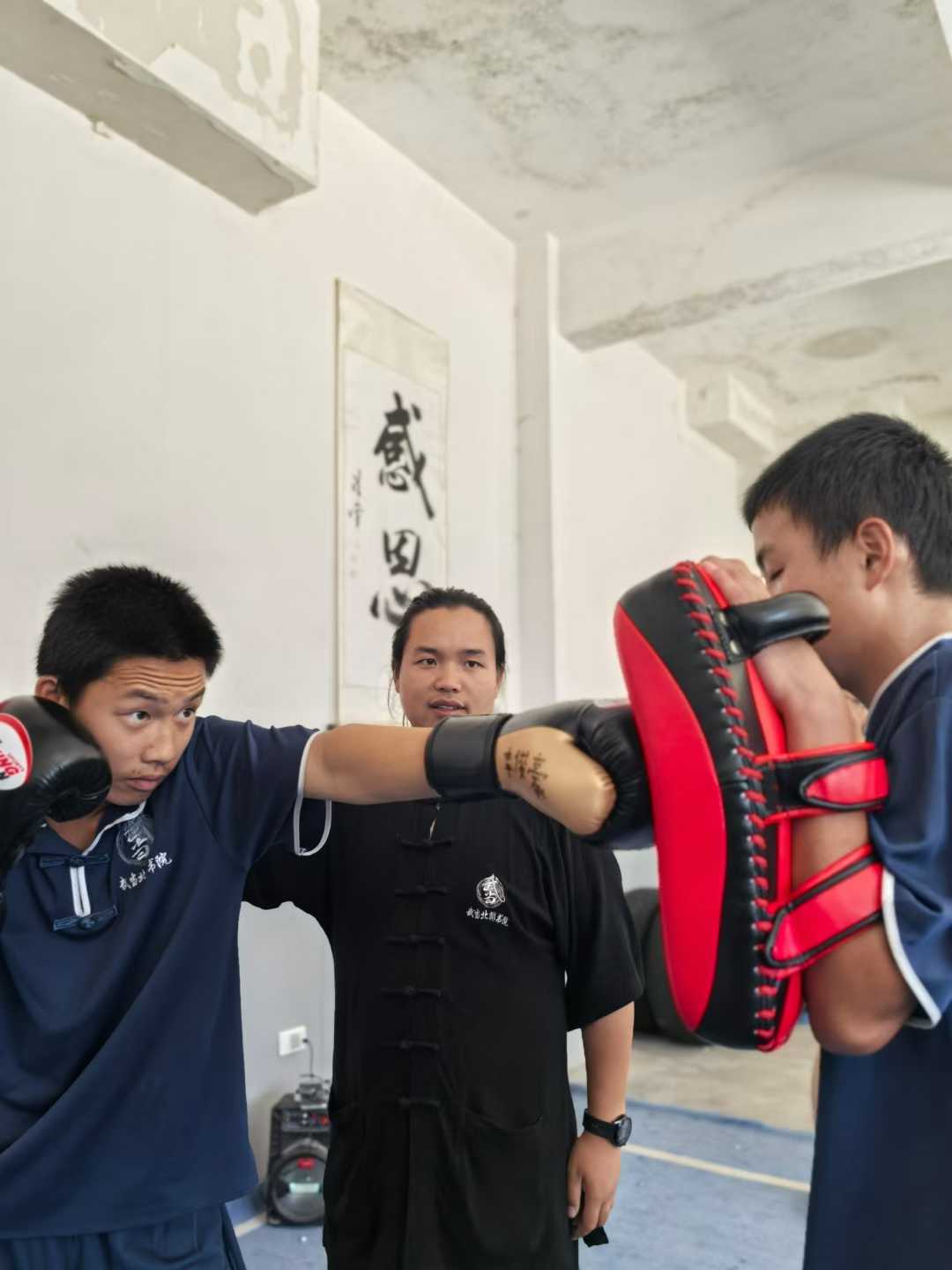
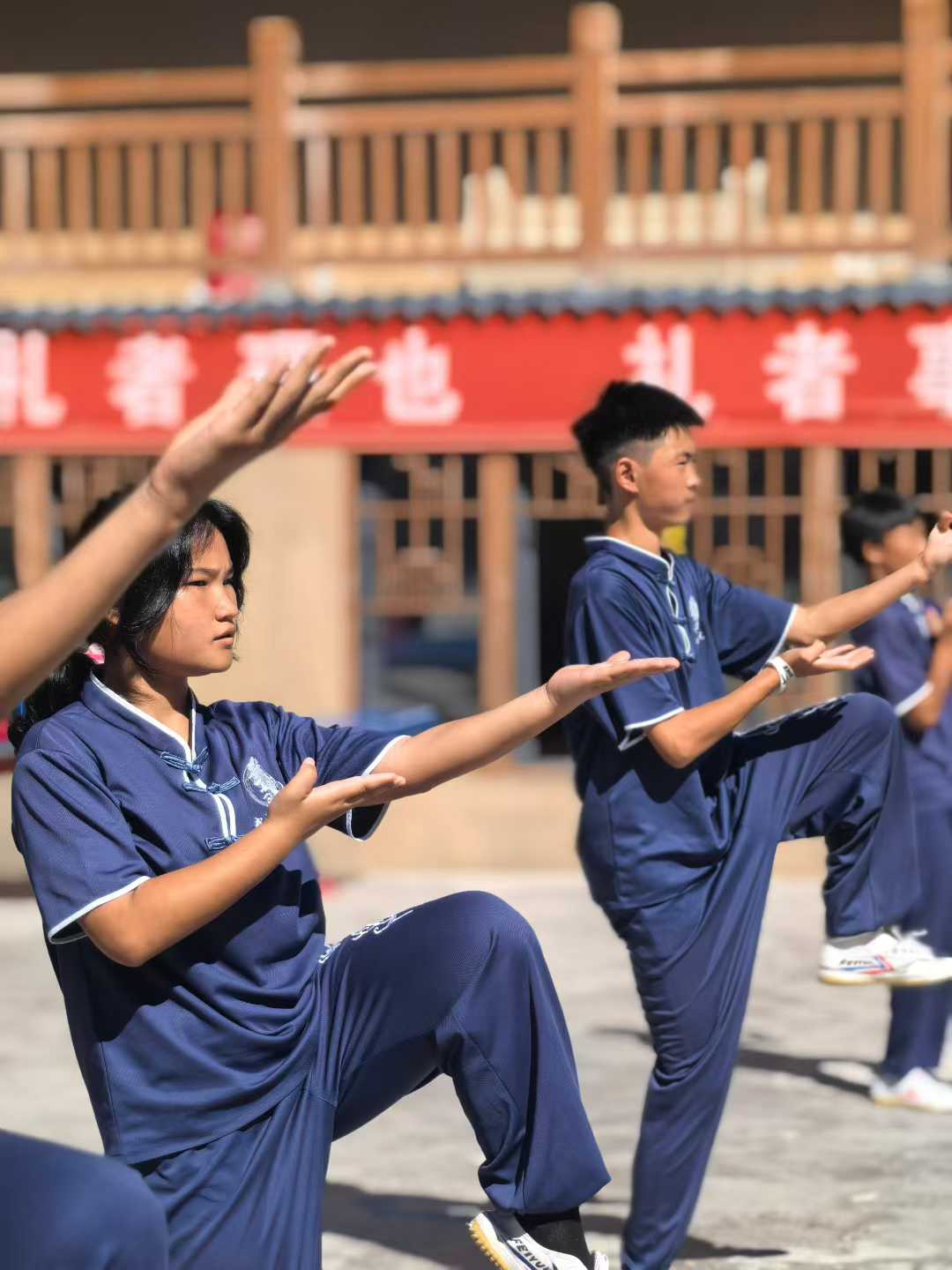
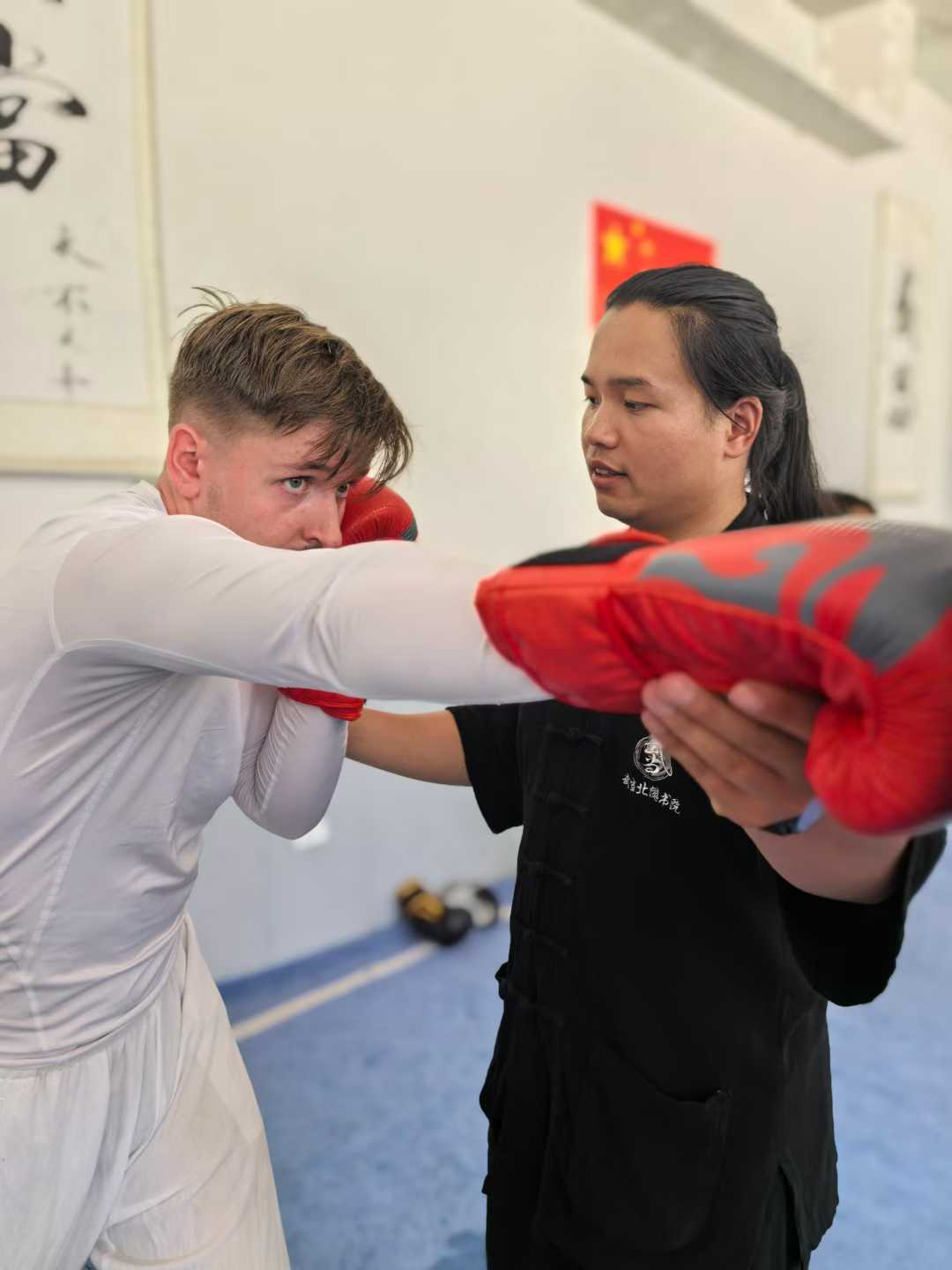
Harmonious and Sustainable Progression
This combined method ensures complete progression:
- The body strengthens, gaining endurance and coordination.
- The mind develops concentration, anticipation, and adaptability.
- Energy flows smoothly, connecting power with subtlety.
Over time, students master both forms and combat, understanding the deep connection between technique and application. It’s not just about repeating movements: each gesture has meaning, application, and balance between beauty and effectiveness.
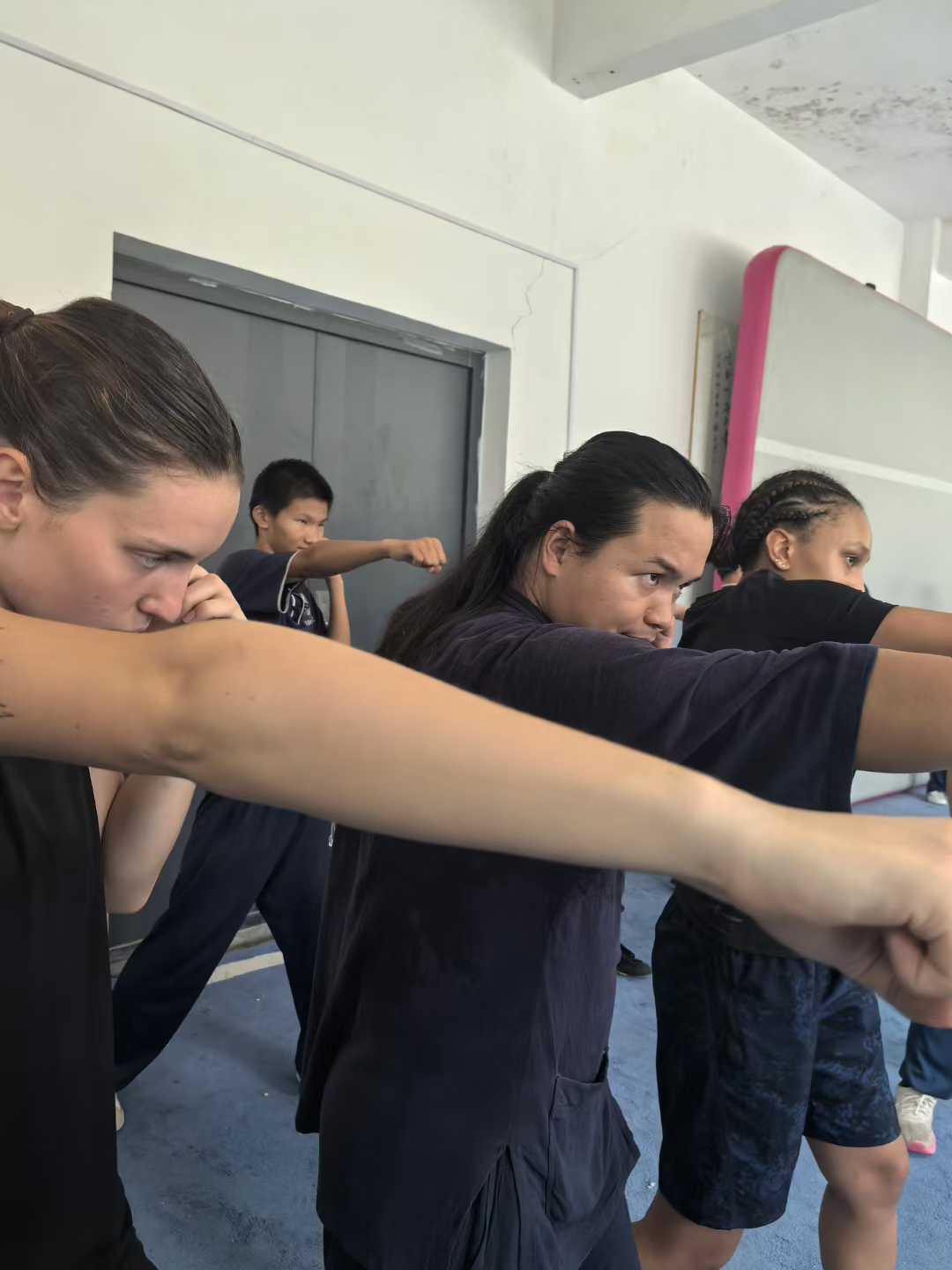
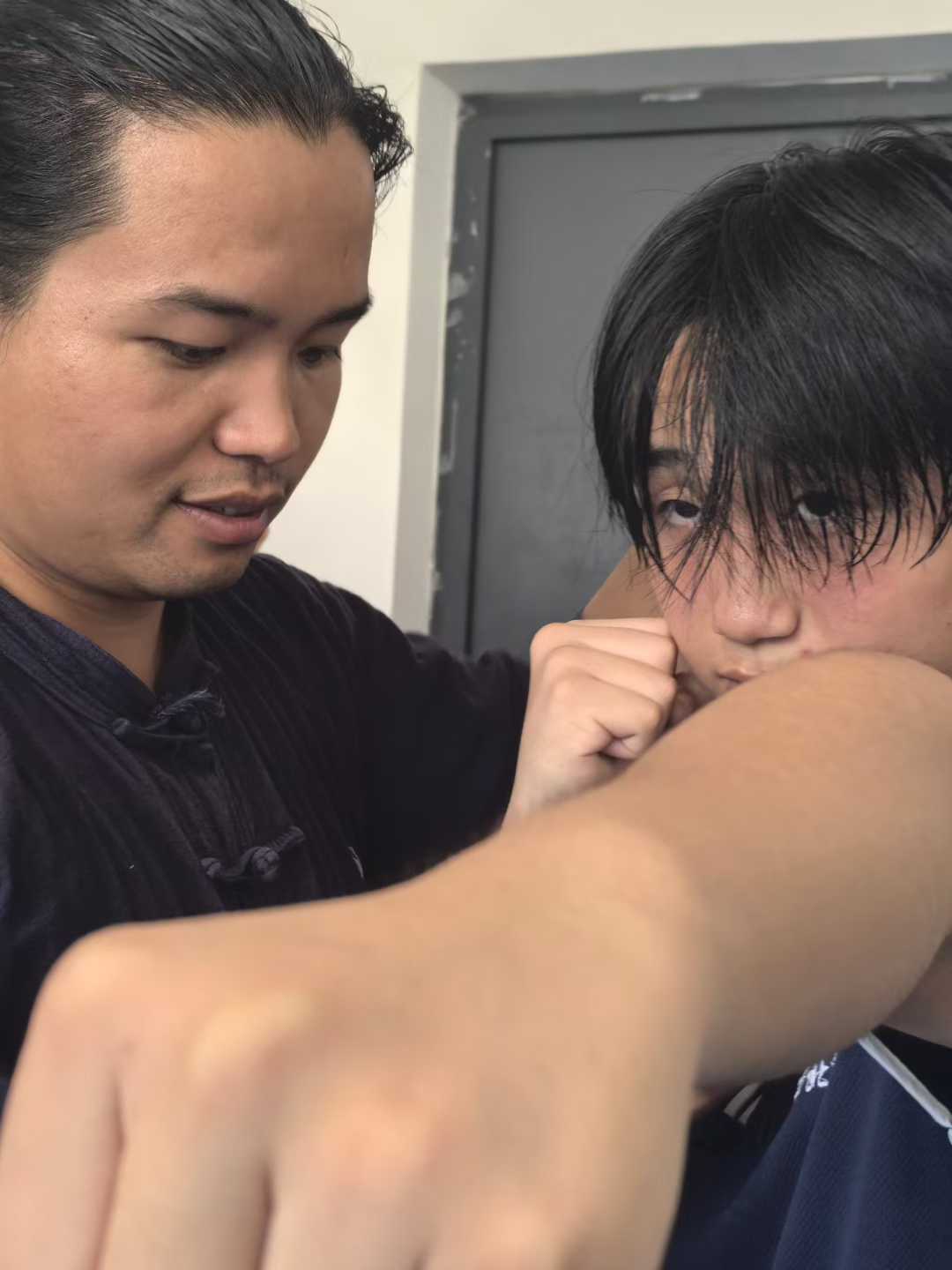
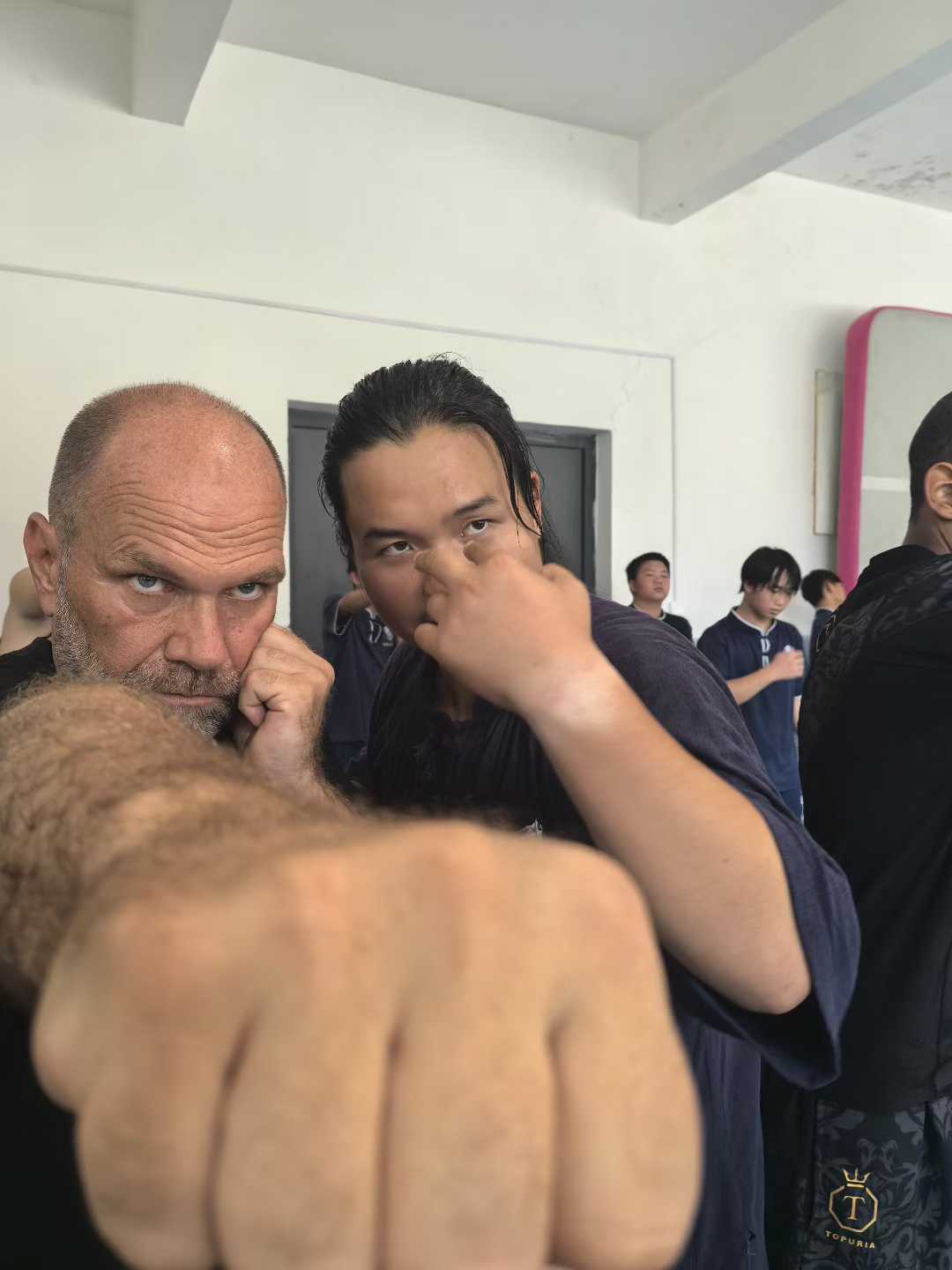
Wudang Shaolin Dream: Returning to the Roots
Our approach aims to train complete practitioners who can navigate between technical rigor and combat spontaneity. At our school, Tao and Sanda are not separate disciplines: they complement and strengthen each other, offering a rich, deep, and authentic practice of Chinese martial arts.
By practicing both Taos and Sanda, our students acquire the skills, body awareness, and understanding needed to excel in all aspects of traditional and modern Kung Fu.
We do not limit ourselves to Sanda and Taos alone. We also integrate other disciplines, including Tai Ji Quan and Chinese wrestling, which will be explored in future articles to further complete our vision and method.
